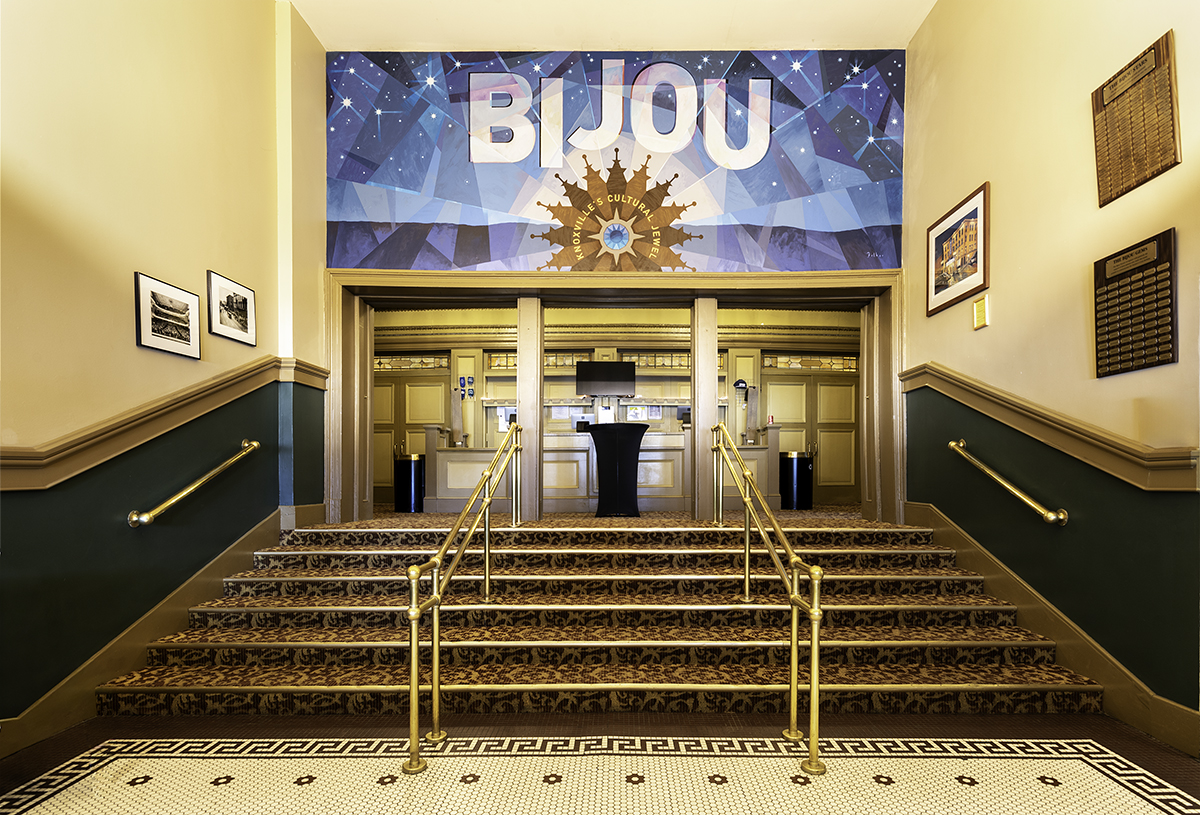The Bijou Theatre: A Historic Knoxville Landmark Captured Through Architectural Photography
The Bijou Theatre in Knoxville, Tennessee, is more than a performance space—it’s a cultural landmark with over a century of history woven into its walls. Built in 1909, the theater has hosted vaudeville, silent films, Broadway tours, concerts, and countless community events.
Today, it stands as one of Knoxville’s most treasured historic venues, attracting audiences who appreciate both its performances and its architecture.
Recently, I had the opportunity to photograph the Bijou Theatre, a project that brought together my passion for architectural photography and my respect for historic cultural institutions. This photo shoot was about more than creating images—it was about honoring the legacy of a theater that has served generations.
For general managers and marketing directors in museums and performing arts centers, the Bijou offers a powerful example of how professional architectural photography can showcase both history and the unique character of your venue.
Honoring a Historic Landmark Through Photography
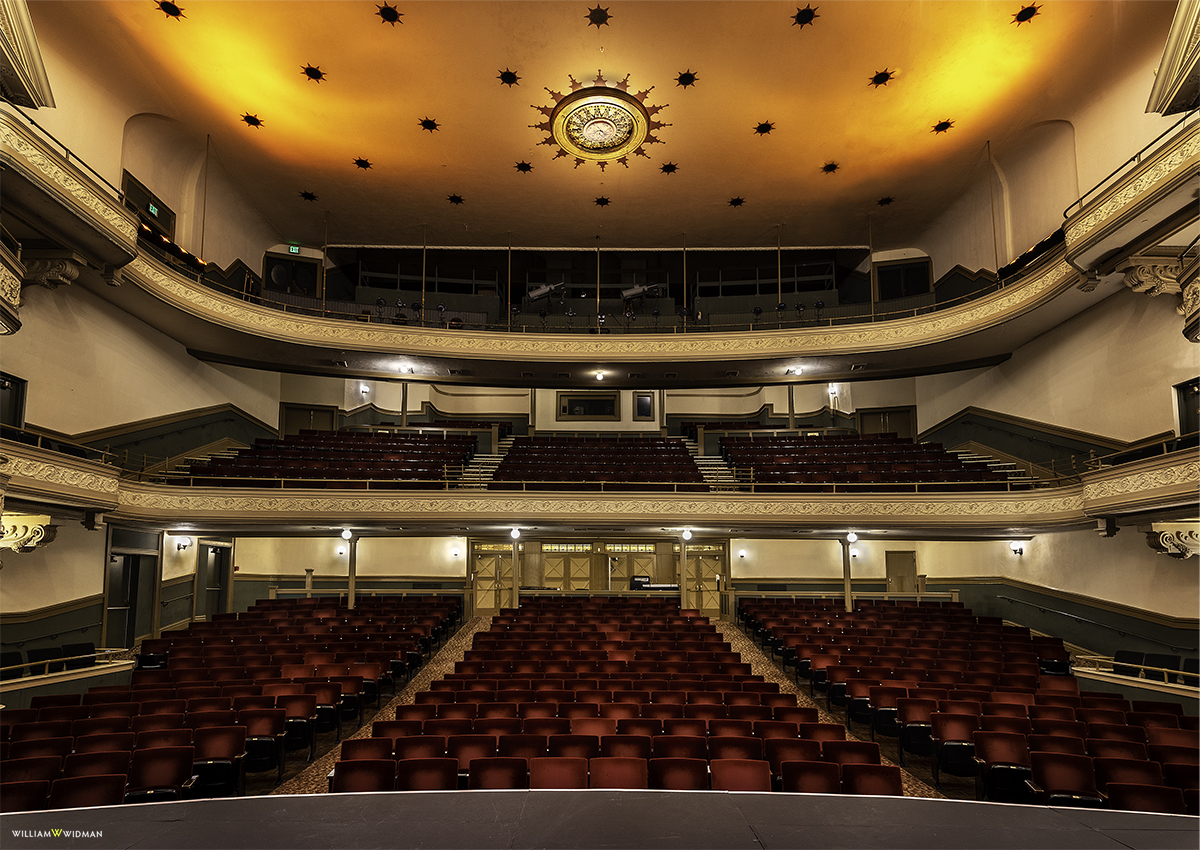
Walking into the Bijou Theatre, I was immediately struck by its intimacy. Unlike grand concert halls, the Bijou’s 700-seat capacity creates a close connection between audience and performer.
Yet despite its scale, the design details are grand: ornate plaster moldings, sweeping balconies, and architectural flourishes that reflect early 20th-century craftsmanship.
My approach to photographing this historic space was to balance wide, sweeping perspectives with detail-driven compositions. Full auditorium shots conveyed the scope of the theater, while close-ups highlighted details like the decorative plasterwork and the beautifully restored balcony railings.
Together, these images tell the story of a building that has been carefully preserved to serve modern audiences while celebrating its past.
Behind the Lens: Challenges and Creative Choices
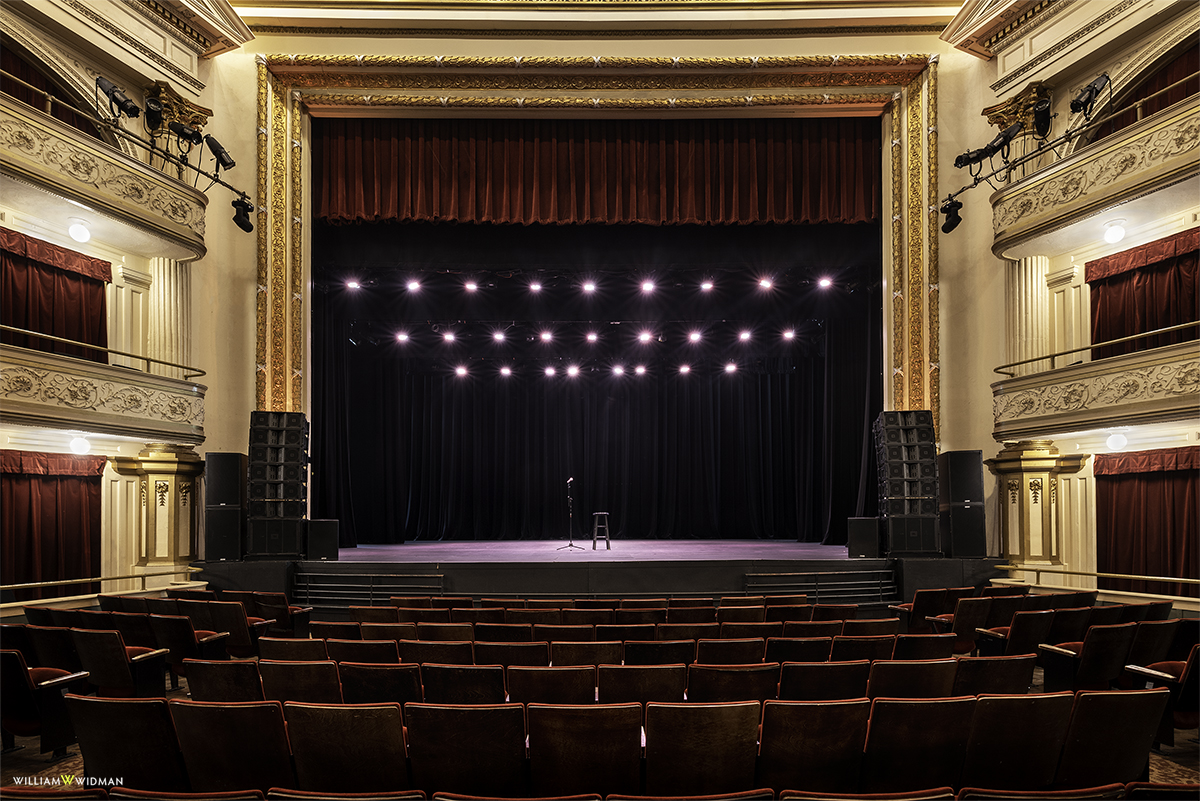
Photographing historic theaters presents unique challenges, and the Bijou was no exception. The low, ambient lighting typical of performance venues meant relying on careful exposure and long shutter speeds to capture the atmosphere without losing detail.
The warm glow of the chandeliers and sconces became part of the narrative, creating depth and a sense of welcome in the images.
Angles were chosen to emphasize symmetry and flow. In theaters, the viewer’s eye is naturally drawn toward the stage, so my compositions often framed that focal point, guiding the audience through the architecture just as a performance guides them through a story.
One of the most rewarding parts of the shoot was capturing how the Bijou balances history with functionality. While its bones are historic, its modern lighting, seating, and acoustics make it a thriving performance space today. Architectural photography provides the perfect medium to highlight this dual identity.
Why Architectural Photography Matters for Performing Arts Centers
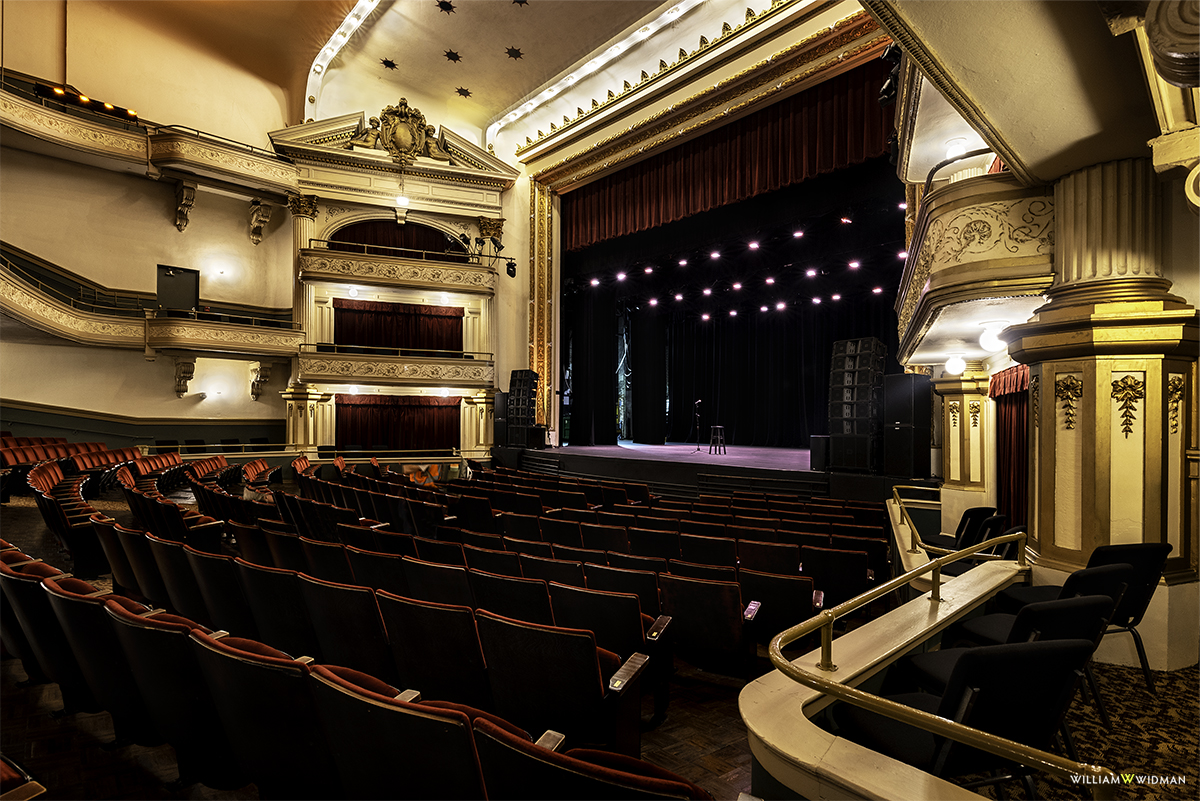
High-quality photography is one of the most effective tools available to general managers and marketing directors in the cultural sector. It goes far beyond documentation:
1. Marketing and Promotion – Professional photographs elevate your venue’s image across websites, brochures, press kits, and social media. For the Bijou, these images serve as a visual introduction to prospective performers, sponsors, and audiences.
2. Preservation of History – Just as the Bijou has undergone careful restoration, many theaters and museums balance modernization with preservation. Architectural photography ensures these efforts are visually recorded for future generations.
3. Showcasing the Experience – When someone attends a performance at a museum or performing arts center, the architecture is part of the experience. Photography communicates the atmosphere and sense of place that words alone cannot.
For institutions working to strengthen their brand and deepen their community connection, architectural photography becomes a vital investment.
Photographing the Bijou Theatre: A Blend of Art and Architecture
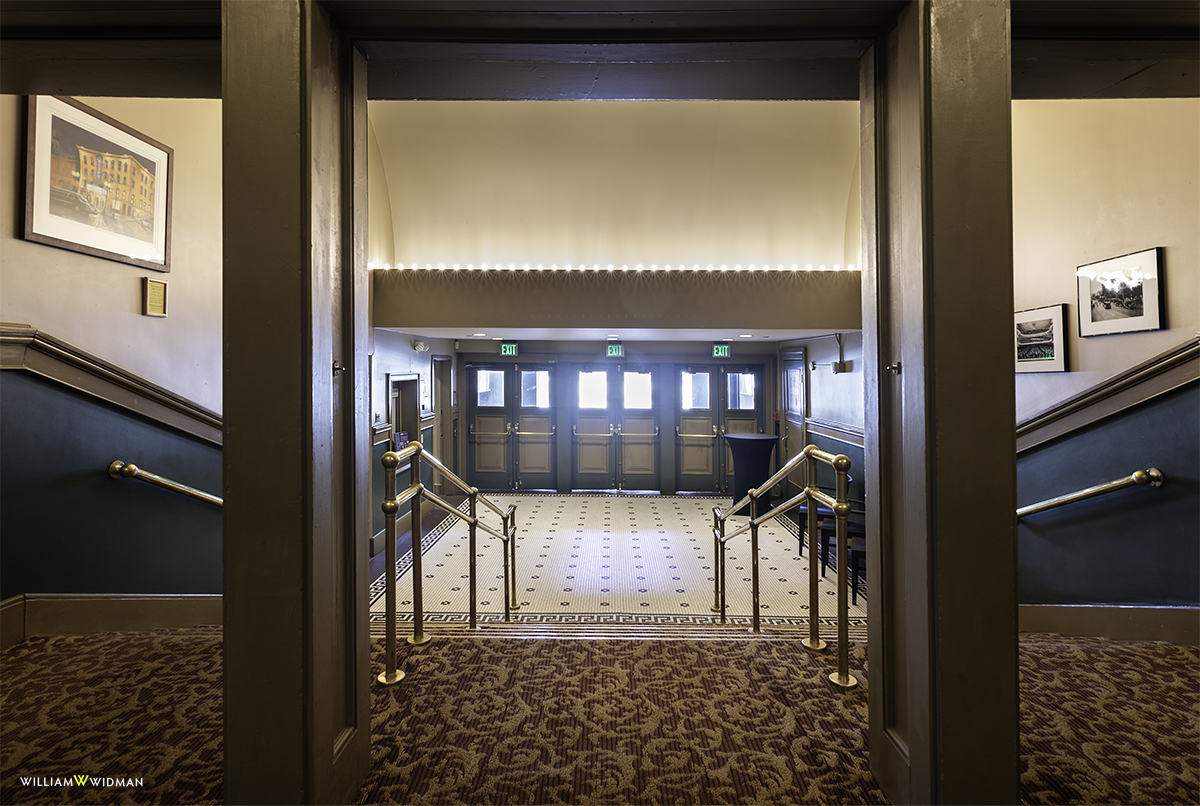
The final portfolio from this shoot reflects both the theater’s grandeur and its human scale. Wide-angle shots highlight the intimacy of the seating, while detail images honor the craftsmanship of the architecture. The lighting, textures, and perspective work together to show how the Bijou Theatre continues to serve as a cultural centerpiece in Knoxville.
This same approach applies to museums and performing arts centers everywhere: capturing not only the building’s form but also the feeling it evokes. Strong architectural photography provides cultural institutions with versatile imagery for grant proposals, donor outreach, marketing campaigns, and press coverage—ensuring your venue is always presented at its best.
Conclusion: Preserving Culture Through Architectural Photography
The Bijou Theatre is a testament to the power of history, culture, and design. Photographing it was not just about recording a space, but about telling a story—one that connects past generations to the audiences of today.
For museums, theaters, and performing arts centers, architectural photography is a way to preserve your institution’s legacy while strengthening its image in the present. Professional imagery helps you market effectively, engage supporters, and honor the artistry of your venue.
If you are a general manager or marketing director looking to showcase the beauty and impact of your space, architectural photography can help bring your story to life—just as it has for the Bijou Theatre.

